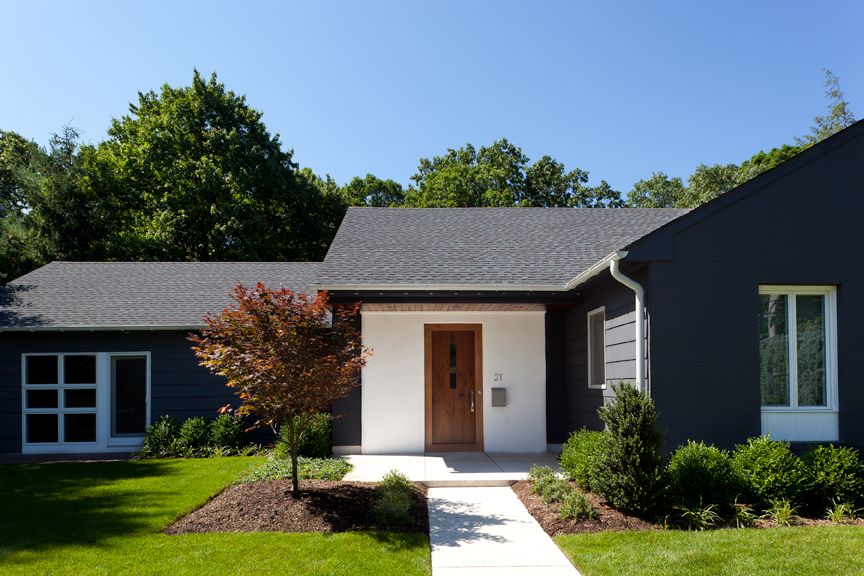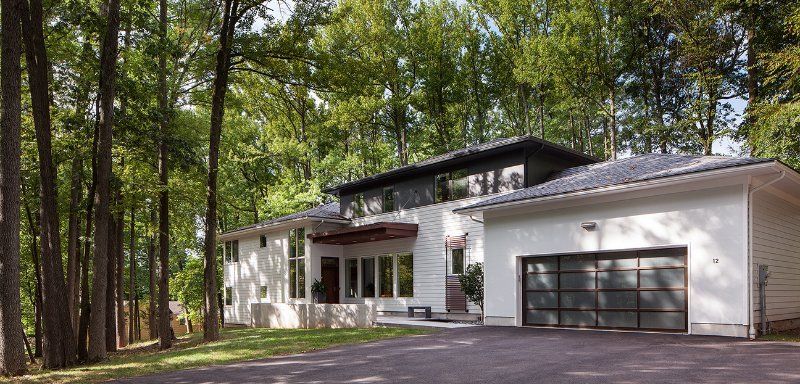From Public Street to Front Door

Recently I met with a prospective client at their house for an initial consultation. Arriving at the address, a corner property, I was confused how to enter; should I be entering on the street of the address, or go around the corner? The front of the house lookedlike the back, and from the direction I was coming, I couldn’t see an entry door. I continued driving towards the corner and finally saw the door, hidden in a corner setback of the house.
The clients, aware of the problem, stated that one of their priorities was to create more curb appeal and make clear where to enter. This moment of confusion reminded me the power and importance of that transition from street to dwelling.
Most commonly the home entrance faces directly onto some type of a public thoroughfare like a street or public path, and a visitor expectsthe entrance to be clearly signaled. Some entrances are scaled large and grand, signifying the owner’s desire for public prominence.Others might be more subtle, offering privacy for the comings and goings of the household.
Usually the entrance offers some kind of overhead protection from the elements, and whether the door is centered on the front facade or asymmetric, these type of entries make a clear statement about what might be expected when you walk through the door. There might be a double height foyer that creates a sense of having arrived somewhere special, and encourages the visitor to pause or a single story height that is more cozy.
The landscaping between street and house adds to the overall feel of the approach. A straight sidewalk with formal rows of plantings and paving focuses attention directly on the door and creates a very different feeling than a path that wanders through a more garden like design. There are however other factors that might require the front door to in fact not face the street. This was the case when I designed a house for a client who wanted to use Vastu principles, which required the entry to be oriented in a particular direction, in this case sideways to the street. (Vastu is an ancient Hindu approach to harmony in home and architecture, with some similarity to the more familiar Chinese Feng Shui.) And along with the use of a canopy and low retaining wall distinguishing the entry area, any visitor would find themselves comfortably ushered from street to this house.

The front door facing the street is easily the most common design for a house entrance, but a variety of circumstances could determine that the door face another direction, such as those imposed by the Vastu principles applied in the design of the house below.
